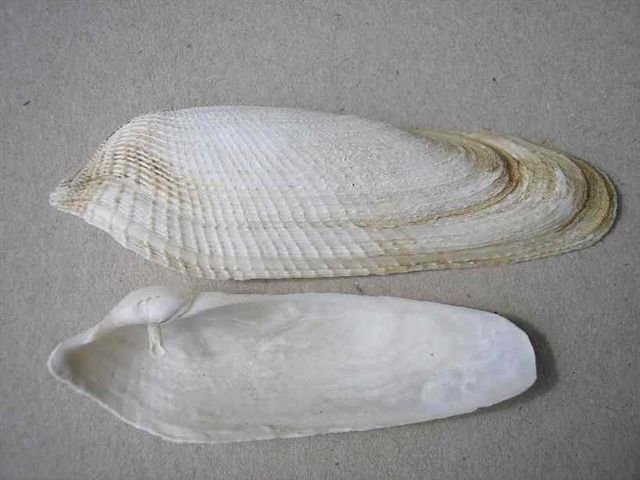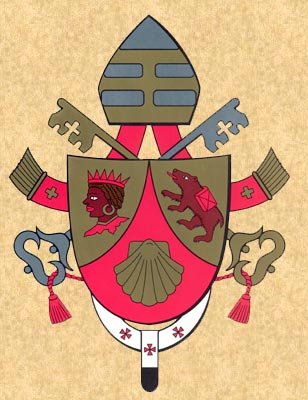JohnnieWalker said:
Simply because it is a symbol of the pilgrimage to Santiago.
But it seems to go back much further than the pilgrimage to Compostela. I have been made aware of this today in Rome through two different unconnected events.
1. We are preparing for the Papal Mass for the opening of the Bishops' Synod tomorrow in St Paul's nextdoor, and on my entry pass which I have just been given, I noticed the coat of arms of Benedict XVI has a scallop shell. Interested to know more, I explored this: apparently, the shell reminds the pope of St. Augustine who mentioned a scallop shell while reflecting on the mystery of the Trinity.
2. Earlier today we first year seminary students went as a group to the Christian catacombs in Rome, and we had our Mass for the Feast of St Francis there in a second century cavern hewn out of the rock. I noticed with great interest that among the artifacts found in that place during the excavations were a number of scallop shells. These had been buried with the Christians and obviously had been of some symbolic value, possibly as symbols of baptism?
The scallop shell certainly became a symbol of the pilgrimage to Santiago, centuries later, and then took on the generic symbolism for pilgrimage in general. So even Saint Roche (San Roque) who was on his way to Rome, not Santiago, is widely shown with a scallop shell in France and Spain, in which the scallop shell symbol reflects his function as the patron of pilgrims. But in Italian iconography, San Rocco is portrayed with cross keys, which makes more sense as he was on a pilgrimage to Rome when he became afflicted by the pestilence; consequently, here he has been a far more popular saint for warding off the plague than protecting pilgrims. In Frascati near to Rome a fresco of San Rocco was miraculously revealed during a time of plague, when some plaster fell from the wall of the church, and it is believed the saint saved the town by his intercession. He has the usual dog but no scallop shell: instead the cross keys symbol on his pilgrim cape.
There is a rich and fluid history behind many of our symbols and the scallop shell undoubtedly has a practical function as well (as a drinking vessel etc., as mentioned in another post on this thread). It is easy for an enthusiastic Santiago pilgrim to jump to conclusions about the use of the symbol, as I must admit I did when I first saw the way it appeared on Benedict XVI's coat of arms. As with anything in visual communications, the meaning of the symbol is often governed by juxtaposition with other visual elements and needs to be 'read' in context.
Gareth













